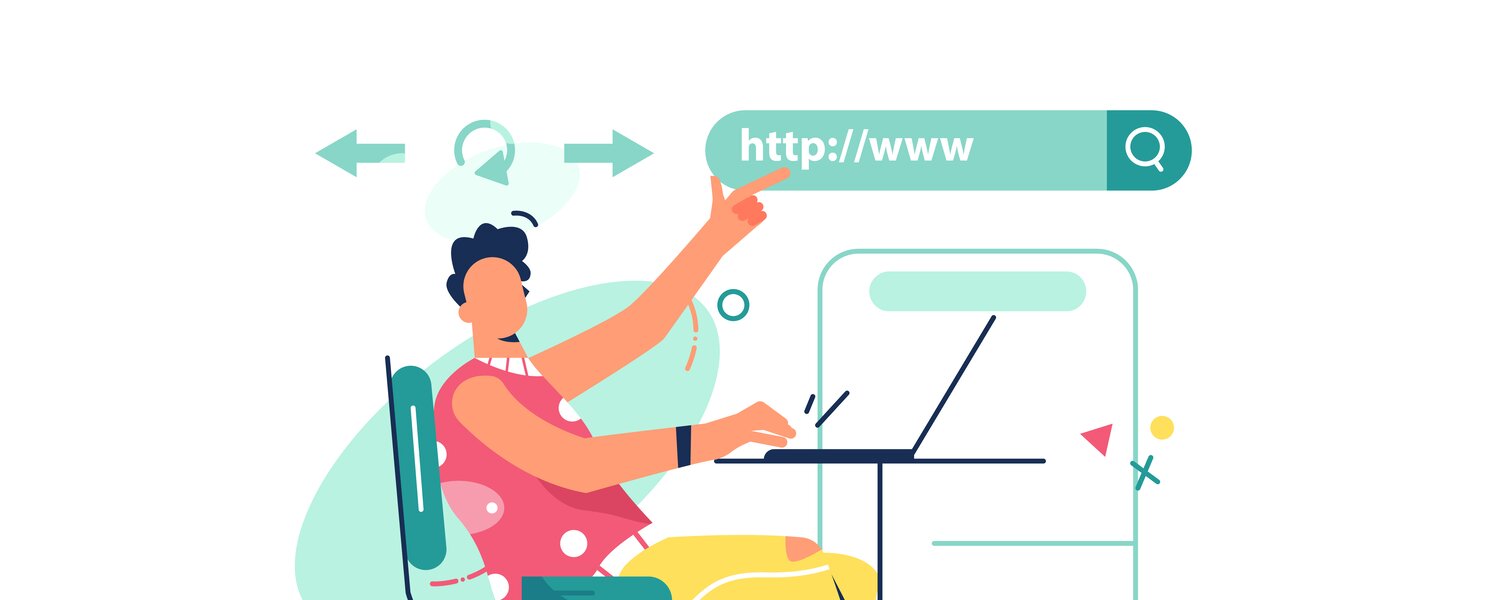How a Progressive Web App works

Reading time:
minutes
Progressive Web Apps are jack-of-all-trades because they offer numerous uses that can be implemented at a relatively low cost.
If apps are to be available quickly and cheaply, PWAs are a good solution. PWAs are particularly suitable for the development of small apps that are to be made available within a short period of time as part of certain sales or customer campaigns. Employees from the sales department are happy to have a web application in the form of a catalog for the products to be presented or for lead generation. Thanks to a PWA, employees can access, edit or create internal company data from anywhere.
The advantage of a PWA is its fast and quite inexpensive development.
The technical background of such applications
To meet the characteristics of a Progressive Web App, the application should be based on three technical pillars .
Loading with HTTPS
The application must be loaded using HTTPS, which means that the PWA can only be deployed over a secure network. Thus, the application is considered as a trusted website. Moreover, most of the functionality is only available in the context of a secure network anyway.
Service Worker as the basis
Progressive Web Apps are based on so-called service workers. Service Workers are JavaScripts that can load content in the background. This enables the application to be available to the user with all functions even in offline mode. The service worker controls the processing of network requests and the caching of assets. Such assets are responsible for ensuring that a website - in this case a PWA - runs correctly and looks responsive. Service workers enable the development of fast websites and offline experiences such as PWAs, and also ensure low page load times. They use application shells to ensure that web applications work reliably with different browsers. Application shells provide the basic framework for dynamic content. Therefore, it is also responsible for ensuring that the PWA takes on the look of a native app.
The Web App Manifesto
The third and equally important pillar is the manifest file. It ensures that PWAs are recognizable by endpoints and controls how the PWA is served to the user. This includes the name of the app, the start URL, icons, and other technical information necessary to convert a website into a web app. The Web App Manifest enables the installation of the application shell and provides further information. This includes how to send push messages to the user, the appearance and exact functions of the app, and how to load it without or with a browser.
See the entire blog series on Progressive Web Apps here.
- The Progressive Web App and its uses.
- How a Progressive Web App works
- Why a Progressive Web App is part of the digital future - benefits of using it
- Creating a Progressive Web App and the requirements.

